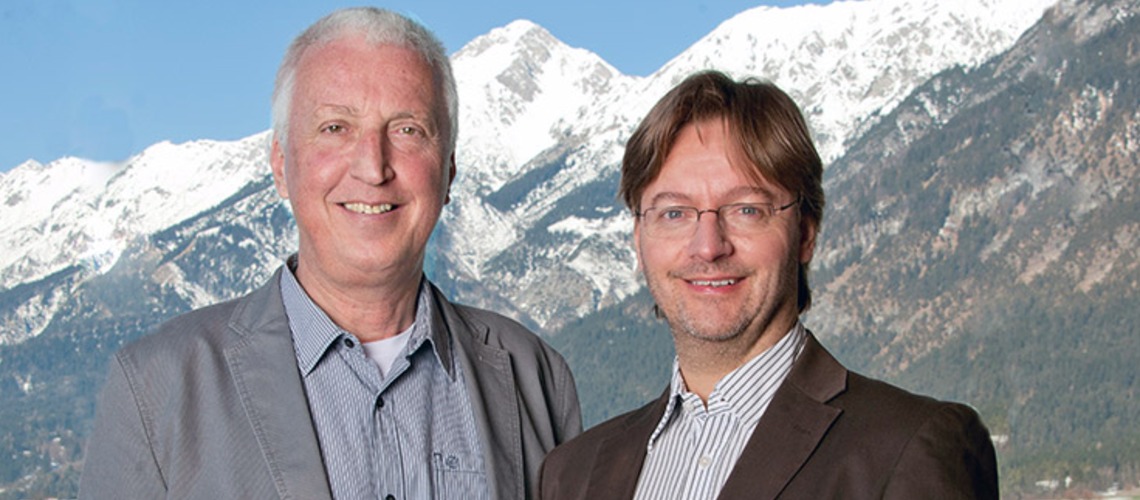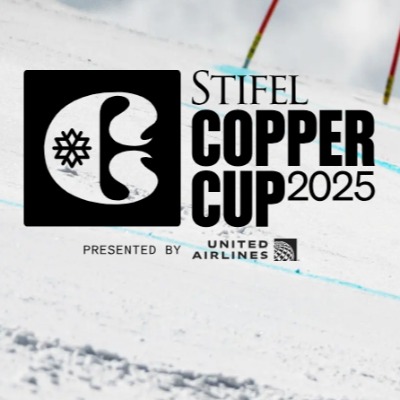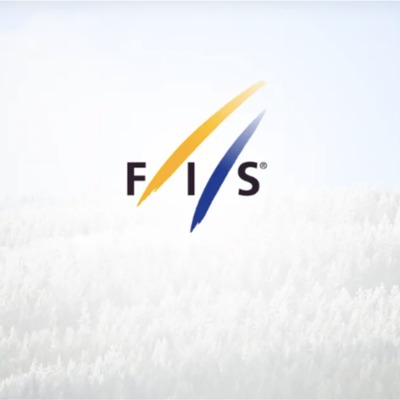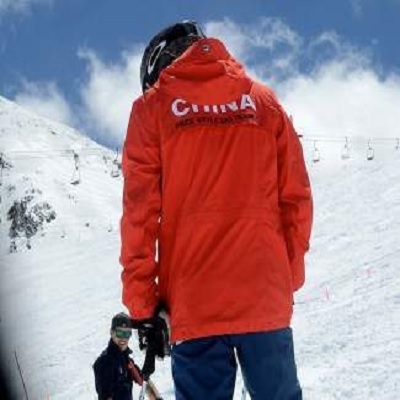Klenkhart & Partner, A Successful Year for Tyrol's Innovative Ski Lift Planners

Cable car planning management is the lead discipline of Klenkhart & Partner from Absam. Numerous projects were completed in time for the winter's start, others are in the implementation phase, others have been approved and are waiting to be implemented.
Both in Austria and in neighboring countries, people trust the concepts and solutions of the Tyrolean team. Perfect ski slopes and ultra-modern lifts are part of the tourist infrastructure. Guests not only demand perfect service and excellent cuisine in the four- and five-star hotels, but also make the success of their vacation dependent on the quality of the mountain railways. Technical snow, state-of-the-art lifts such as cable cars and chair lifts in all dimensions are already standard today. But until that happens, careful planning and execution is required.
Above all, Klenkhart & Partner is characterized by multifunctional awareness. An economical use of resources goes without saying. The permanent dialogue with the operators / clients is another important aspect. After the creation of the catalog of requirements, the first feasibility studies are carried out before the detailed planning begins. Klenkhart & Partner takes care of the often difficult hurdles of official and UVP procedures, as well as tenders and construction supervision right through to final acceptance. Thanks to decades of experience in "alpine engineering", Christian Klenkhart & Christian Weiler are sought-after partners in the high and low mountain ranges.
Dienten is happy about the new Gabühelbahn. The Hochkönig Bergbahnen GmbHbuilt the Dienten ski center in 2010, which is in the center of the Königstour. This ski circuit leads from Mühlbach to Maria Alm over 6 peaks with 7,500 vertical meters and a total of 35 kilometers of slopes. The 6-KSB Bürglalm was also built at that time. Forward-looking, a space was also reserved for further expansion. In 2018 the time had come and the somewhat older double chairlift, which was considered the bottleneck in the ski circuit, was replaced by the 10-seater Gabühel cable car. The first construction phase with the construction of the valley station and the route took place in the same year. The mountain station followed in 2019 together with the construction of the new storage pond. Nature conservation was fully taken into account by relocating to the 35,000 amphibians during construction. The new Gabühelbahn has a transport capacity of 2,400 people / hour. In addition, numerous slope construction measures were undertaken to improve connections to Dienten and Hinterthal.
A new era is beginning in Oberstdorf. After 90 years, the old Nebelhorn cable car goesfinally retired. The Nebelhornbahn is a piece of history in Oberstdorf. It starts in the middle of the town center and leads to the longest valley run in Germany.
Construction work for the new 2-cable gondola with 10-seater cabins had already started last autumn, with the focus on Section II. The existing Section II will cease to operate in September 2020. Then you can work with high pressure in the lower section. The route and column locations are largely left unchanged. At Klenkhart, near-natural integration is "state often the art". In addition to barrier-free entry, the modernization of the gondola lift also includes a new valley and intermediate station and the extension of the mountain station. Comfort comes first here: seating for every guest enables a promising ride, No change at the intermediate station - without waiting in the direction of the summit. The capacity of the new 10-seater gondola lift is around 1,200 people / hour. The new valley station of the Nebelhornbahn is an architectural highlight: with local wood, imposing glass elements and curved lines, it becomes the impressive entrance gate to the mountain. The opening is planned for summer 2021.
Oberstdorfer Bergbahn AG operates a year-round area in the municipality of Markt Oberstdorf, whereby only the Söllereck main cable car and the Allgäu-Coaster are operated all year round. Drag lifts and several conveyor belts only run in winter. The Söllereck is located on the steep access road to the Austrian Kleinwalsertal and is the main center of the skiing and hiking area - with a corresponding frequency.
In the coming years, modernization of the Söllereck skiing and hiking area is planned bit by bit. It all started with the new 6-seater Schrattenwang chairlift, which was put into operation in time for the start of the season. It replaces the old drag lift from 1969. The chairlift built on the same route is equipped with the latest equipment and runs 100% with green electricity. Childproofing and weather protection hoods make the comfort perfect. The capacity enables a conveying capacity of up to 2,000 P / h. The construction of the valley station was both ecologically and technically a challenge. A reinforced earth construction ensures soil stability. All building materials were delivered by means of a material cableway; In this way, it was not necessary to build roads in the ecologically sensitive area. At the same time, the first expansion stage of the snowmaking system was carried out in the “Schrattenwang” area. With the construction of around 2 km of snow lines, the descent from the top station of the Schrattenwangbahn down to the valley can now be guaranteed.
Berwang mountain railways Ges.mbH & Co.KG operates a ski area with a total of 10 lifts in the municipal areas of Berwang and Bichlbach. Major modernization measures have been underway since last year. The Obere Karbahn I is part of it. The 10-seater cable car replaces the biliglift on a slightly different route. Careful planning created an ideal overall concept for the valley station area, including barrier-free access for summer operation.
You will also find the indoor cash registers, the sanitary areas, a shop with a depot, child care rooms and offices. The middle station of the Oberen Karbahn and mountain station of the first section, together with a lively and spacious area, will become the heart of the ski area. In this area it was important to address the topic of natural hazards. An avalanche protection dam was built to secure the middle station, an approx. 3 ha avalanche support structure and the installation of four new avalanche towers are necessary to secure the planned mountain station, which will be built at a later date. A passage through the dam was created to enable the curved tow lift to be operated in the usual way. The modernization plan is followed by the renewal of the Obere Karbahn II section, the new detachable 6-seater Thanellerbahn chairlift, additional ski runs and the expansion of the snowmaking system. A passage through the dam was created to enable the curved tow lift to be operated in the usual way. The modernization plan is followed by the renewal of the Obere Karbahn II section, the new detachable 6-seater Thanellerbahn chairlift, additional ski runs and the expansion of the snowmaking system. A passage through the dam was created to enable the curved tow lift to be operated in the usual way. The modernization plan is followed by the renewal of the Obere Karbahn II section, the new detachable 6-seater Thanellerbahn chairlift, additional ski runs and the expansion of the snowmaking system.
Bach in the Lech Valley is happy about the new 8-EUB Jöchelspitzbahn. The small, sunny family ski area scores with individualists and nature lovers with the breathtaking panorama. The old double chairlift was getting on in years. The route for the new railway runs almost congruently. The cash desk and driver's cab were located in the valley station, while the cable car station and the vehicle garage, including the maintenance stand, have sufficient space in the steel hall on the mountain. The steel construction was designed outdoors with a dark trapezoidal sheet metal facade in order to integrate the buildings perfectly into the landscape. In the valley, however, the style of the surrounding buildings was taken up and wood was used. A total of 14 vehicles are parked in two branch tracks parallel to the railway axis. The new cable car has a capacity of 1. 150 people / hour (in the final phase) and reduces the previous journey time from 15 minutes to approx. 6 minutes. In order to be protected against possible natural hazards, the avalanche protection dam existing at the mountain station was improved in the course of the construction work. This took the form of a further deepening of the fall floor. The excavated material was used to upgrade the downhill slopes.
The Brauneckupgrades in Lenggries. The construction of the Schrödlsteinbahn is part of a master plan that the Brauneck ski area has been pursuing together with the engineering firm Klenkhart & Partner for years. The new Schrödlsteinbahn runs in the area of the Finstermünz ski area, which was also equipped with a snow-making system for the first time. The new lift system was implemented as a detachable 6-seater chairlift, equipped with all modern technical finesse: weather protection hoods, seat heating, height-adjustable lift table - driven by an efficient and maintenance-friendly direct drive. The valley station was very cleverly fitted into the landscape. It is designed to be multifunctional and, in addition to the station with an automatic spur, also offers space for snow groomers, petrol stations and transformer stations. The new cableway was built at a record pace - there was only a little more than four months between the demolition of the old and the cable splice of the new cable car. The basement was built in solid concrete and the upper floor was clad with a translucent, light wood-glass facade.
After the snowmaking systems in the Pfronten Steinach ski center had been upgraded in recent years, the construction of the platter lift as a replacement for an outdated rope lift was a further step in the expansion of the basic master plan. The route was roughly retained, but the entry was designed so that there are no points of contact between the individual lifts and the “skier traffic” towards the Pfronten valley station is unbundled and does not involve crossings. The new mountain station was also located a bit further uphill in order to be able to reach all the valley stations of the other lifts from this point.
The Alps Spitzingsee GmbH operates in the municipality of Schliersee total of 9 lifts and snow-making equipment. One of these ascent aids is also operated in summer and is a popular feeder for the mountain cart route. In winter, people had been looking for a solution for a better connection between the Osthanglift mountain station and the Fürstalm valley station. This was found with the construction of a so-called Swisscord lift (rope lift with vertical rope guide), which is located 5 m above the mountain station. The route of the Swisscord lift runs on approx. 60 m on the existing subsurface, without having to take any earthwork measures. Simply by raising it, you can now easily enter the Fürstalm slope.














